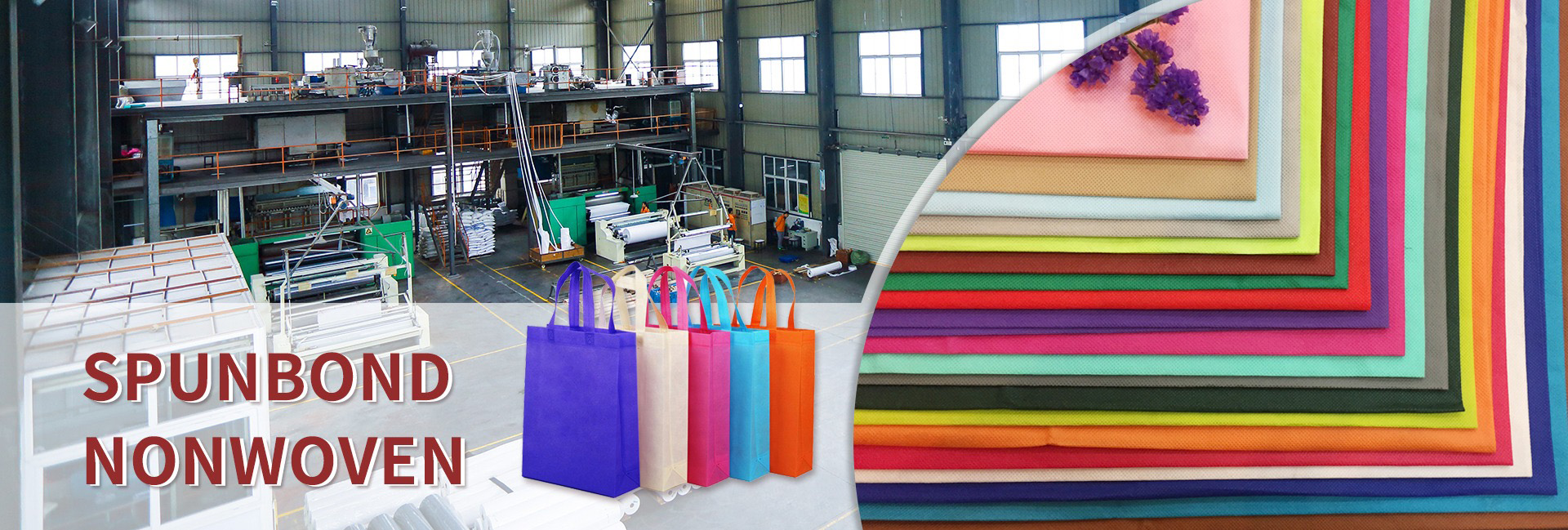Polylactic acid (PLA) can be melt spun into long or short fibers. Long filament yarn is a fiber assembly formed by combining multiple long single filaments through stretching, twisting, or deformation processes. By changing the production process and route of PLA filament, many varieties of polylactic acid filament can be produced.
However, in the process of filament processing, the newly formed fibers extruded from the nozzle and cooled to solidify have significant molecular internal stress, insufficient stretching of molecular chains, and low orientation and crystallinity. Therefore, newborn fibers have low strength, high elongation, and high boiling water shrinkage rate, and cannot be directly processed for textile production. They must undergo a series of post-processing such as bundle stretching, oiling, balling, heat setting, extinction, and tube forming before being used for textile production. The processing process of polylactic acid short fibers is simpler and can be processed according to the cotton processing flow, including opening, combing, drawing, roving, fine yarn, and winding, which is more suitable for the development, application, and promotion of new fibers.
The many properties of PLA fiber are of great significance for its application in the field of clothing
(1) Good moisture conductivity and breathability increase the comfort of taking. For close fitting clothing, especially in the sportswear market, moisture conductivity and breathability are important considerations. The Hohenstein Research Institute in Germany has shown that under normal activity conditions, the wearing comfort of PLA/cotton or pure PLA fabrics is superior to PET and cotton. Compared with PET/cotton fabrics of the same specifications, PLA/cotton fabrics provide better physiological comfort for wearers.
(2) Good elasticity recovery and curl provide excellent shape retention and wrinkle resistance for the fabric. When the polylactic acid fiber undergoes 5% stretching deformation, its elastic recovery rate is 93%, which makes the pure polylactic acid fiber fabric have good wrinkle recovery and shape retention, and less prone to wrinkling during wearing.
(3) The initial modulus of PLA fiber is lower than that of cotton fiber and polyester fiber, with lower bending stiffness, and the fabric has good drape performance. In addition, its density is lower than PET and natural fibers, and the fabric has a light and flowing feeling. These characteristics can be fully utilized in the filling layer of clothing such as down jackets and ski jackets.
Although PLA fibers have good wearability and can be used to make various clothing products, in practical applications, PLA fibers have high crystallinity and hardness, resulting in insufficient fabric softness and affecting the softness of wearing. Therefore, they are not suitable for making high-density woven products, but more suitable for making knitted fabrics. Knitted fabrics with coil structures have good elasticity and elongation. In addition, the porous coil gaps make knitted fabrics have good breathability and soft hand feel, which offsets the problem of high fiber hardness.
In addition, due to the problems of insufficient flexibility and high friction and static electricity in the application of pure PLA fibers, in addition to using knitted structures to improve them, many enterprises also use PLA fibers blended with regenerated cellulose fibers such as Modal fibers, Lyocell fibers, cotton and other fibers in actual production to improve this problem. The Xtep sports and leisure polylactic acid short sleeved T-shirt adopts a blend of polylactic acid fiber, modal fiber, and spandex, with a knitted structure, which improves the comfort of the fabric through both fiber blending and structure. However, due to differences in fiber mechanical properties, the tightly blended yarn of PLA fiber and cotton (or Lyocell fiber) is relatively weak, and its stress-strain curve is very similar to that of wool. The blending of the two fibers can fully utilize the performance advantages of both fibers, and the blending effect is good. However, no related products have been found on the market so far.
Overall, in the field of clothing, polylactic acid fibers have good moisture wicking and quick drying effects, with lower density, fracture specific strength, and fracture elongation properties similar to polyester. At the same time, polylactic acid fibers have a high initial modulus, stable size, good shape retention, and excellent wrinkle resistance, making them very suitable for developing sports clothing, such as yoga clothes, cycling clothes, etc. for inner wear, and inner and outer fabrics for products such as assault suits, ski suits, jackets, etc.
It is worth noting that the low melting point of PLA fibers means that preventive measures should be taken during the stages where sufficient heat may be generated by friction between fibers and metals (i.e. fabric cutting and clothing panel sewing operations). And currently, sports clothing products are starting to use ultrasonic bonding technology or thermal bonding technology to achieve seamless results, which will limit the application of polylactic acid fibers in this clothing field to some extent.
(Source: Textile News)
Dongguan Liansheng Non woven Technology Co., Ltd. was established in May 2020. It is a large-scale non-woven fabric production enterprise integrating research and development, production, and sales. It can produce various colors of PP spunbond non-woven fabrics with a width of less than 3.2 meters from 9 grams to 300 grams.
Post time: Feb-03-2025

